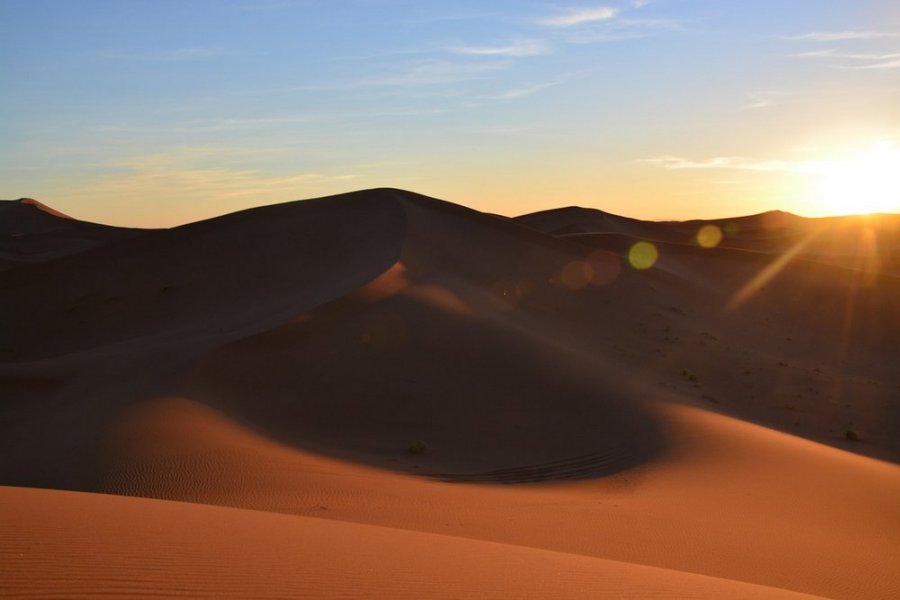Dust Storms Shed New Light On Why A Once Green Sahara Turned Into A Desert
Researchers are trying to determine why a once green Sahara turned into a desert.
Today there is enough evidence to show that the Sahara Desert had once a grassland ecosystem and was a much wetter place than it is today.
We do know that Sahara was green, but it’s still unknown what cause the transition.

Now, a team of an international team of geoscientists have reconstructed the history of Saharan dust storms during the last 12,000 years.
The researchers identified several millennial-scale phases of enhanced Saharan dust supplies during the transition of the former ‘green Sahara’ to the present-day hyper-arid desert.
The study of Sahara’s dust storms is important not only because it can shed new light on what happened in this area thousands of years ago, but because remote Saharan dust influences Earth’s radiation budget and tropical North Atlantic ocean-atmosphere temperature variability that might even attenuate Hurricane activity.
The Sahara is the world’s largest desert and dust source with significant impacts on trans-Atlantic terrestrial and large-scale marine ecosystems.
German researchers from Leibniz Institute for Tropospheric Research (TROPOS) and archaeologists from Cologne and Rabat have investigated recovered cores from Lake Sidi Ali in the Moroccan Middle Atlas.
This study has helped scientists to back Saharan dust phases until a time of 12,000 years before present.
The last 12,000 years of Saharan history comprises the end of the so-called African Humid Period. This transition toward the present-day hyper-arid desert took place during approximately 3000 to 7000 years before present following the current scientific debate.
Before, the Saharan region was characterized by dry steppe and savannahs with elephants, lions and a large number of animals that occupy sub-Saharan biotopes under current climatic conditions.
The large grasslands were used by pastoral groups that leaved a lot of archaeological remains in the nowadays hostile landscape.
The researcher discovered the surprising result that the end of the African Humid Period was not characterised by a single climatic transition toward a drier stage as formerly assumed but by multiple millennial-scale dust phases.
The most prominent took place at approximately 10,200, 8,200 and 6,600 to 6,000 years before present.



 Creators of mankind
Creators of mankind Description of “Tall white aliens”
Description of “Tall white aliens” Where they came from?
Where they came from? About hostile civilizations
About hostile civilizations The war for the Earth
The war for the Earth “Tall white aliens” about eternal life
“Tall white aliens” about eternal life Video: “Nordic aliens”
Video: “Nordic aliens” Aliens
Aliens Alien encounters
Alien encounters The aliens base
The aliens base UFO
UFO Technology UFO
Technology UFO Underground civilization
Underground civilization Ancient alien artifacts
Ancient alien artifacts Military and UFO
Military and UFO Mysteries and hypotheses
Mysteries and hypotheses Scientific facts
Scientific facts


















